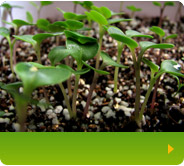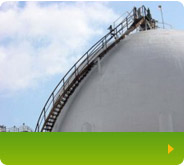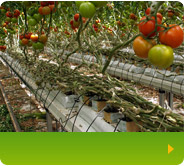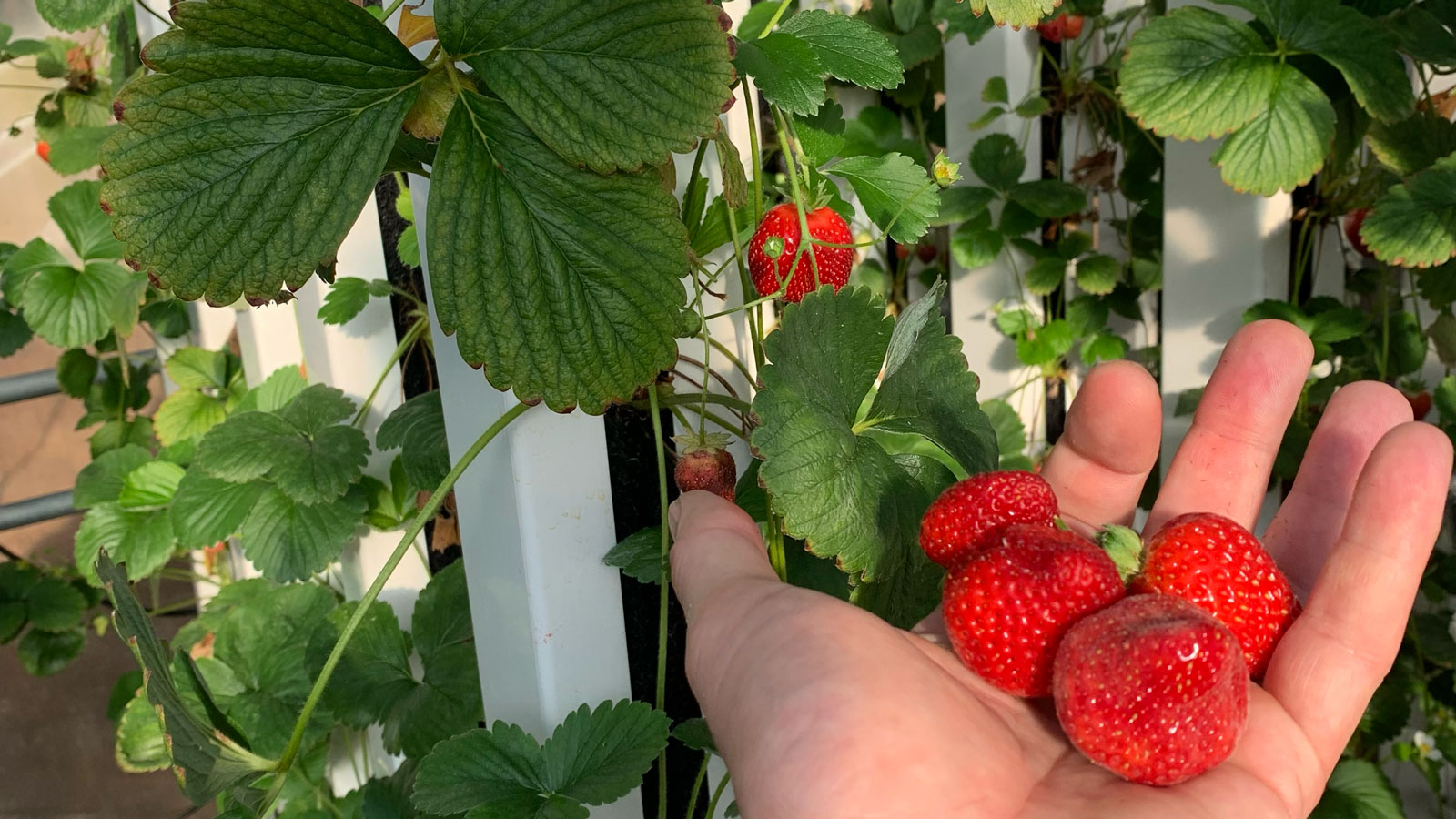Hydroponics is the method of cultivating plants without soil, using nutrient-rich water to deliver essential minerals and nutrients directly to the plant’s roots. One of the most delightful and rewarding fruits to grow hydroponically is the strawberry. Not only do they produce sweet, succulent fruits, but they also thrive in a well-structured hydroponic system. Here’s a step-by-step guide on how to grow hydroponic strawberries:
1. Selecting the Right Variety
Different strawberry varieties have distinct growing requirements and yield characteristics. Day-neutral and ever-bearing varieties such as ‘Albion’, ‘Evie2’, and ‘San Andreas’ are particularly suited for hydroponic cultivation as they can produce fruit continuously under controlled conditions.
2. Choose a Hydroponic System
There are several hydroponic systems suitable for strawberries:
- NFT (Nutrient Film Technique): This system provides a thin, continuous flow of nutrient solution over the roots, ideal for strawberry growth.
- DWC (Deep Water Culture): The plants float atop the nutrient solution, allowing the roots to dangle and absorb nutrients.
- Vertical Towers: Specifically designed for strawberries, these towers allow the plants to grow vertically, maximising space and efficiency.
3. Prepping the Seedlings
Start strawberries from runners or purchase seedlings. Before introducing them to your hydroponic system:
- Gently remove any soil from the roots. Rinse the roots using lukewarm water to remove residual soil particles. Consider using Perlite as a growing medium in your system to enhance aeration and drainage, which is essential for healthy root development. Learn more about our Hydro-Perl Grow Bags.
4. Nutrient Solution
Strawberries require a balanced nutrient solution with essential elements like nitrogen, phosphorus, potassium, calcium, magnesium, sulfur, and trace minerals. Ensure the pH level is between 5.8 to 6.2. Regularly check and adjust the pH and electrical conductivity (EC) levels to maintain optimal nutrient availability.
5. Light Requirements
Strawberries need 10-14 hours of light daily. If you’re growing indoors, LED grow lights are recommended. Ensure the light is evenly distributed among all plants.
6. Temperature and Humidity
Maintain temperatures between 60°F (15°C) to 75°F (24°C). Strawberries prefer a relative humidity of 60-75%. If the environment is too humid, it could promote fungal diseases.
7. Pollination
If growing indoors, you may need to assist in pollination. Gently shaking the plants or using a soft brush to transfer pollen between flowers can aid in fruit formation.
8. Pest and Disease Management (continued)
Keeping an eye out for common pests is essential for the health of your hydroponic strawberries. Some pests you might encounter include:
- Spider mites: These tiny mites are known to suck sap from plants, weakening them and potentially transmitting diseases. They can be controlled using neem oil or by introducing predatory mites.
- Aphids: These pests suck the sap from strawberry plants, weakening them and potentially introducing diseases. Insecticidal soaps or introducing beneficial insects like ladybugs can help combat aphid infestations.
- Slugs and snails: While less common in hydroponic setups, these pests are fond of strawberries. Diatomaceous earth or copper barriers can deter them.
For diseases:
- Powdery mildew: This fungal disease appears as white, powdery spots on leaves and stems. Increase air circulation and consider using fungicidal sprays if the infection is severe.
- Botrytis or gray mold: This affects the fruit directly, turning it gray and mushy. Proper air circulation and ensuring the plants are not too densely packed can help prevent this.
9. Harvesting
- Once strawberries turn a deep red color, they are ready to harvest. This usually occurs 4-6 weeks after blossoming.
- Hold the berry and gently twist or use scissors to snip the stem.
10. Regular Maintenance
Like all hydroponic systems, regular maintenance is essential:
- Check the pH and nutrient levels weekly.
- Clean and disinfect the system between growing cycles to prevent diseases and pests.
- Regularly inspect plants for signs of disease or pest infestations.
11. Post-Harvest
After harvesting, hydroponic strawberries can be stored in a cool, dry place for several days. For longer storage, consider freezing or making preserves.

Final Thoughts
Growing hydroponic strawberries can be an incredibly rewarding experience. Not only does it allow for year-round cultivation in controlled environments, but the produce often tastes sweeter and more flavorful due to the precise nutrient delivery. With careful attention to detail and a passion for gardening, even a beginner can enjoy the fruits of their labor in no time. Whether you’re aiming to produce a small batch for personal consumption or scale up for commercial purposes, the hydroponic method is a sustainable and efficient way to enjoy fresh strawberries.











